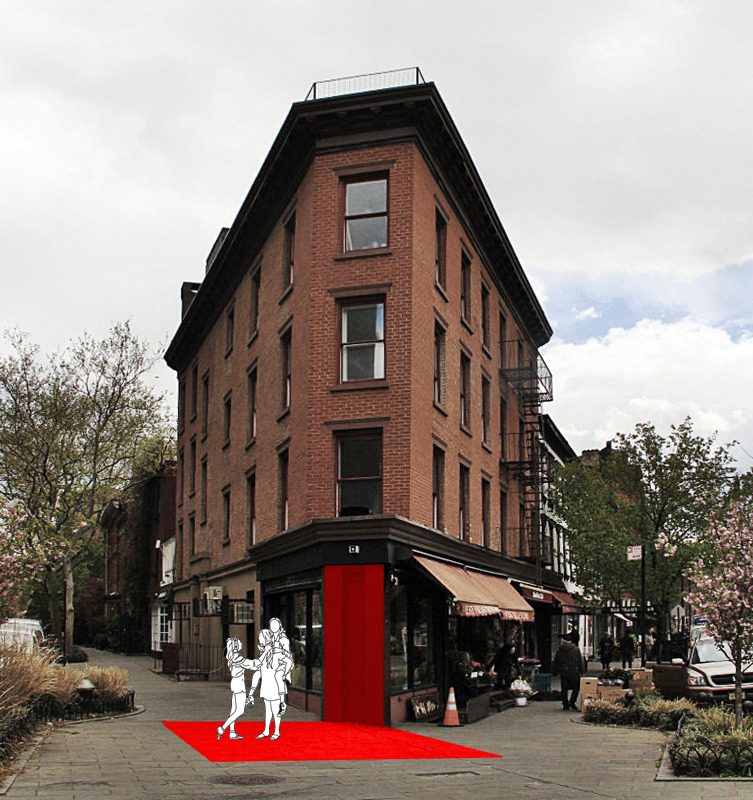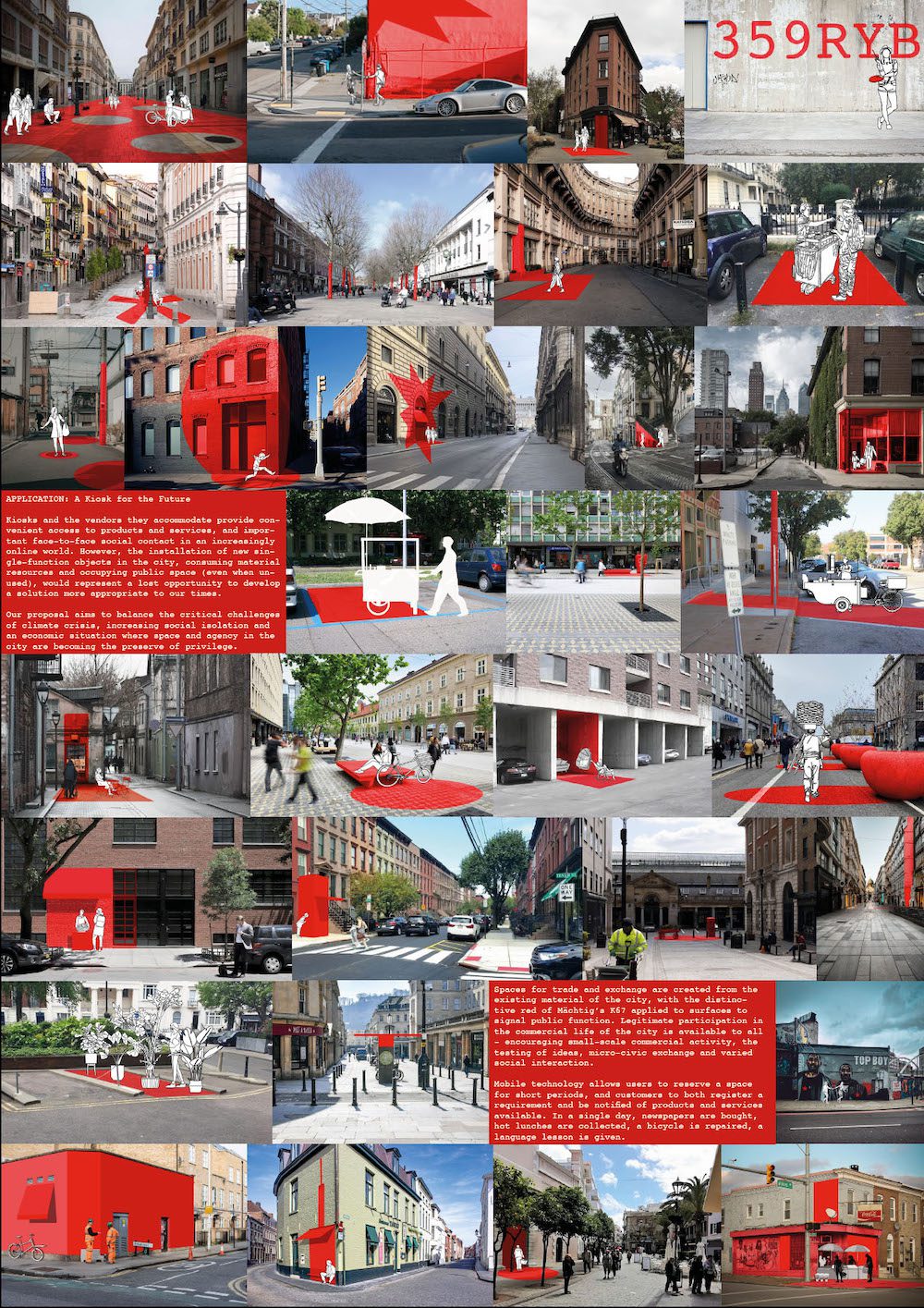
A Kiosk for the Future
A competition winning entry to create equitable spaces for trade and exchange from the existing fabric of the city.
A Kiosk for the Future Competition
An ideas competition, run by Outsider, asked for submissions which questioned the function and form of the newspaper kiosk in a time of media digitisation. Do we still need newsstands? How should they approach customers? What is the purpose of a kiosk in the future?
The Brief
“In the last decade, readers of newspapers and magazines have mostly migrated online, but a significant number of people who prefer to read printed newspapers and magazines is also increasingly noticeable. Paper requires a different approach to both the content and visual form design, but also enables a different contact with readers. Newspapers come to life offline, and readers often come to cherish contact with vendors or even with each other. (Un)expected interactions always hide the potential of the added value. Kiosks are thus a part of the street furniture in the cities – and the common good.”
The competition sought answers to the question: what is the purpose of the modern kiosk, and how should it be designed as a modern architectural facility? Can a kiosk be more than just a small building, where newspapers, sweets and drinks are sold, often through an open window? And how can a kiosk of the future connect the digital and analogue worlds?
Our Response

Application: A Kiosk for the Future
Street kiosks, and the vendors. they accommodate provide convenient access to products and services, and important face-to-face social contact in an increasingly online world. However, the installation of new single-function objects in the city, consuming material resources and occupying public space (even when unused), would represent a lost opportunity to develop a solution more appropriate to our times.
Our proposal aimed to balance the critical challenges of climate crisis, increasing social isolation and an economic situation where space and agency in the city are becoming the preserve of privilege.
Spaces for trade and exchange are created from the existing material of the city, with the distinctive red of Mächtig’s K67 applied to surfaces to signal public function. Legitimate participation in the commercial life of the city is available to all – encouraging small-scale commercial activity, the testing of ideas, micro-civic exchange and varied social interaction.
Mobile technology allows users to reserve a space for short periods, and customers to both register a requirement and be notified of products and services available. In a single day, newspapers are bought, hot lunches are collected, a bicycle is repaired, a language lesson is given.
Awarded First Prize